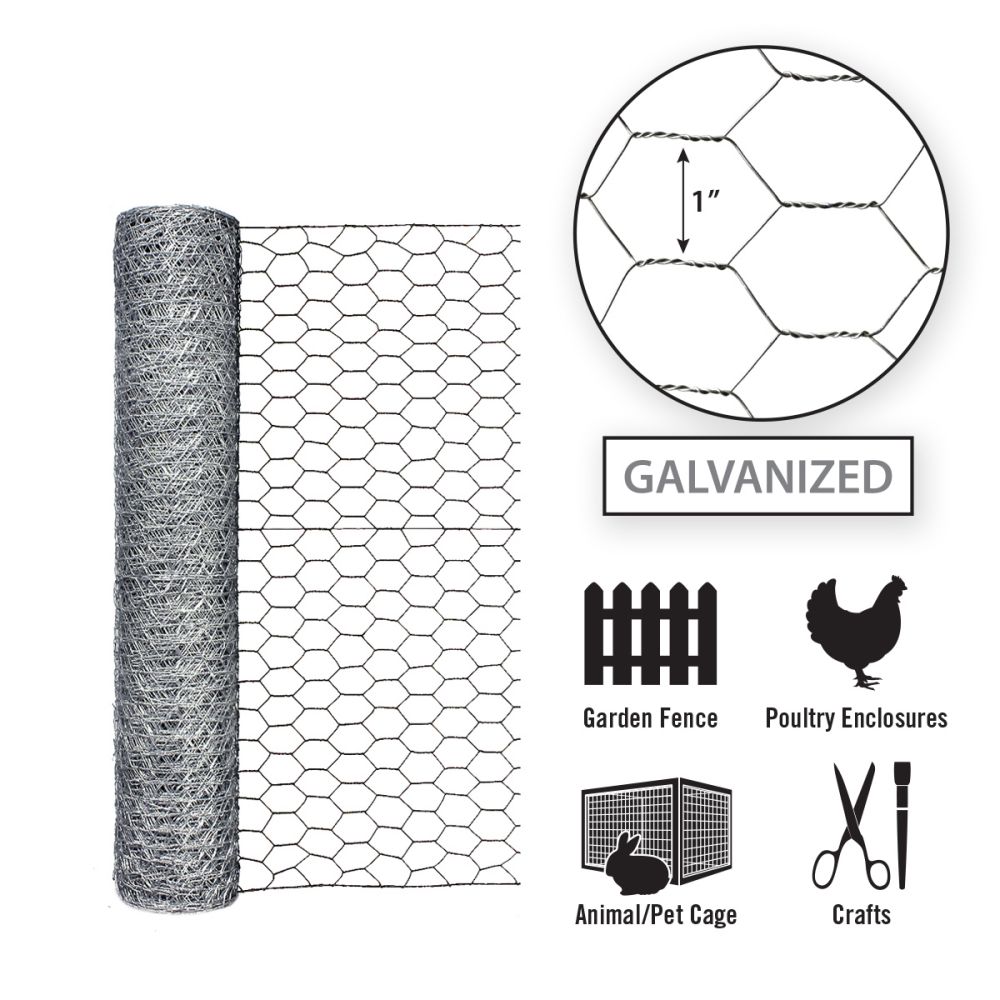Understanding Sizes of Welded Wire Mesh for Various Applications
Understanding Welded Wire Mesh Sizes
Welded wire mesh is an essential component used in various construction and industrial applications. It serves multiple purposes, including reinforcement, fencing, and filtration. An understanding of welded wire mesh sizes is crucial for selecting the right type for specific projects, whether it be for concrete reinforcement, animal enclosures, or gardening solutions. This article explores the details and considerations surrounding welded wire mesh sizes.
What is Welded Wire Mesh?
Welded wire mesh is made from steel wires that are welded together at intersections to form a grid pattern. This type of mesh is known for its strength and durability, making it suitable for a wide range of applications. The wires are typically uniform in diameter, and the spacing between them can vary.
Importance of Size
The size of welded wire mesh is a critical factor influencing its performance in different applications. Two main dimensions define the size of welded wire mesh the diameter of the wire and the spacing between the wires. Both dimensions contribute to the mesh's load-bearing capacity, ease of installation, and intended use.
1. Wire Diameter The diameter of the wire is usually measured in gauges (e.g., 10-gauge, 12-gauge) or millimeters. Thicker wires provide greater strength and are better suited for heavy-duty applications. For instance, a 10-gauge wire (approximately 2.59 mm) provides substantial strength for concrete reinforcement, while thinner wires like 16-gauge (approximately 1.63 mm) may be appropriate for light fencing.
2. Wire Spacing The spacing between wires indicates how far apart the wires are placed. Common spacings include 1 inch, 2 inches, and 4 inches, with variations available depending on project requirements. Tighter spacing is preferable for applications needing increased support, such as reinforcing slabs or walls, while wider spacing can be adequate for fencing or decorative uses.
Standard Sizes
welded wire mesh sizes

Welded wire mesh typically comes in standard sheets, with common sizes including 4 feet by 8 feet, 5 feet by 10 feet, and varying shapes depending on the manufacturer. The size of the sheets plays a significant role in determining how much area can be covered with one piece of mesh. For larger projects, rolls of welded wire mesh may also be available, allowing for a more customizable application.
Application Considerations
When choosing the appropriate welded wire mesh size, it’s essential to consider the specific application
- Concrete Reinforcement In construction, welded wire mesh is often used to reinforce concrete slabs, driveways, and foundations. For these uses, a wire diameter of at least 10 to 12 gauge is recommended, with a spacing of 2 inches or less to ensure sufficient support under heavy loads.
- Fencing For garden fencing or animal enclosures, a thinner wire gauge (around 14 to 16 gauge) and larger spacing (2 to 4 inches) can be effective. This size allows for adequate protection while minimizing costs. If the fence is intended to keep out larger animals, consider using thicker wires.
- Industrial Uses In industrial settings, such as in the construction of retaining walls or filtration systems, welded wire mesh sizes must be carefully tailored to meet the demands of the environment. Here, specific engineering standards may dictate the required mesh configurations based on load calculations and environmental conditions.
Conclusion
Understanding the sizes of welded wire mesh is critical for making informed decisions in construction, fencing, and other applications. By considering factors like wire diameter, spacing, and project requirements, one can select the most suitable type of welded wire mesh. Whether for reinforcing concrete, creating secure enclosures, or utilizing it in drainage systems, choosing the right size ensures durability and effectiveness. As always, it is advisable to consult with professionals or manufacturers to ensure that the selected welded wire mesh meets all necessary specifications for the intended use.
-
Space-Saving Chain Fence Hacks Vertical Gardening with Cyclone MeshNewsJul.16,2025
-
Innovations in Iron Nail Wire Production for Modern ConstructionNewsJul.16,2025
-
Creative Uses of Wire Netting Fence in Modern Landscape DesignNewsJul.16,2025
-
Barbed Wire Fence Innovations in Anti-Climb TechnologyNewsJul.16,2025
-
Architectural Uses of Umbrella Nails for Aesthetic Roof DesignsNewsJul.16,2025
-
Architectural Uses of Razor Barbed Wire in Secure Urban DesignNewsJul.16,2025




